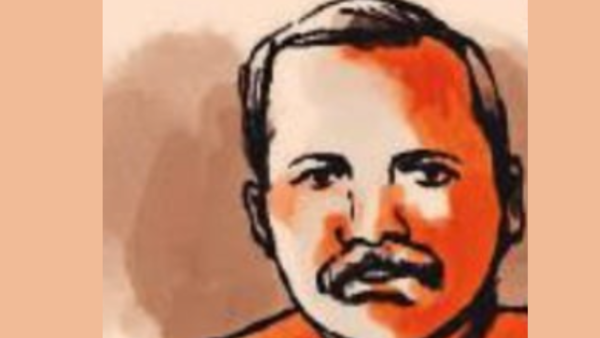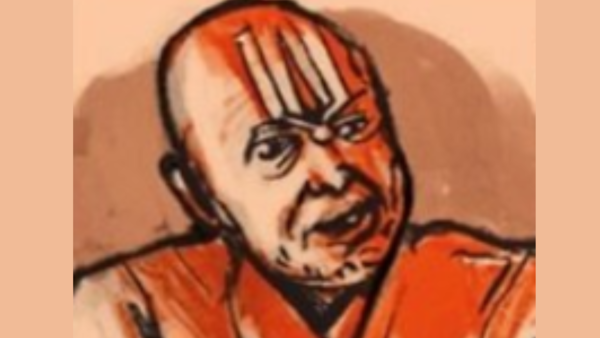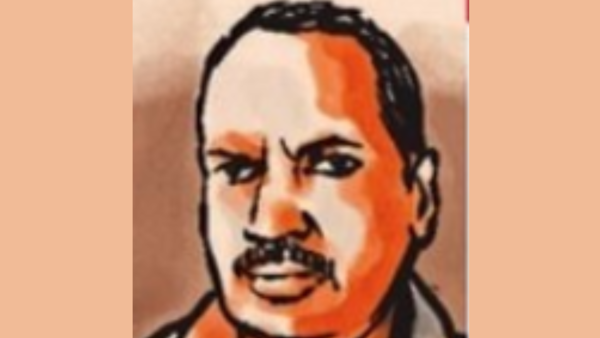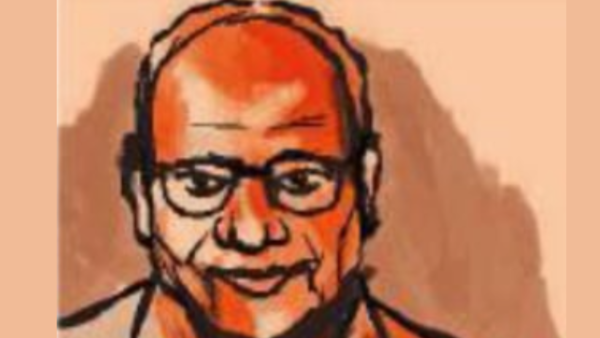Raghubar Das
The Nirmohi Akhara mahant moved a local court in 1885 for permission to build a ‘mandap’ for Ram’s worship on the ‘chabutra’, or platform, in front of Babri Masjid. After his plea was junked he moved Faizabad district court, but the judge ordered status quo, saying it was too late to amend a “mistake committed over 350 years ago”.
Abhiram Das
The mahant from Bihar arrived in Ayodhya in the 1930s with the goal ofrestoring Ram to his birthplace. Known by the moniker of ‘Uddharak baba’,or liberator, he played a central role in the events of Dec 22-23 night in 1949that ended with the installation of Ram Lalla’s idol inside the mosquestructure. The police report names him along with mahants Ram Chandra Das Paramhans and Vrindavan Das.
Gurudutt Singh

Singh was a firm believer in the temple campaign. He was also the Faizabad city magistrate in 1949. It’s reported that Abhiram Das and Singh both talked about having a recurring dream in which Ram appears under the mosque’s central dome. Singh is said to have offered prayers on Dec 23 morning after the idol had been placed inside the structure. He later joined the Jana Sangh and is now hailed in RSS circles as the “first kar sevak”.
KK Nayar
The Faizabad DM in 1949 and Guru Dutt Singh’s superior. While Nehru wrote to then UP CM GB Pant warning of communal disturbances following the installation of Ram’s idol inside the mosque, Nayar opposed its removal, saying it would prove a threat to peace. Removed for dereliction of duty along with Singh, Nayar later joined Jana Sangh and became an MP from Bahraich in 1967.
Gopal Singh Visharad

A lawyer and Hindu Mahasabha’s Ayodhya secretary, Visharad had moved court after he was turned away from the Babri Masjid following the placing of Ram’s idol there in December 1949. His petition was the origin of the Ram Janmabhoomi title suit and he contended that Hindus had an unfettered right to worship at the site.
Bhaskar Das

The head of Nirmohi Akhara was the chief and, at 89, the oldest litigant in the case at the time of his passing in 2017. The Akhara maintained the ‘chabutra’ at the mosque. He was in his early 30s when he filed the 1959 petition in Faizabad as “custodian” of the birthplace of Ram, claiming that Babri Masjid stood on the site of a temple.
Umesh Chandra Pandey

A Faizabad lawyer who moonlighted as a journalist, he became interested in the Ayodhya dispute while researching a story. In Jan 1986, he moved Faizabad district court for unlocking the site, following which, on Feb 1, district judge KM Pandey ordered the opening of the locks that had been in place since 1949. The site was unlocked 40 minutes after the order and the temple movement was back in the limelight.
Deoki Nandan Agarwal

A retired Allahabad HC judge and former VHP vice-president, he filed the 1989 plea seeking restoration of the disputed site to Shri Ram Lalla Virajman, whom he had named as lead plaintiff with himself as the supplementary plaintiff, or Ram ‘sakha’ (‘next friend’), representing the ‘minor’ deity. On Agarwal’s passing in 2002, retired BHU professor TP Verma was named Ram ‘sakha’. In 2008, Supreme Court appointed VHP activist Triloki Nath Pandey the ‘next friend’ on Verma’s plea.

